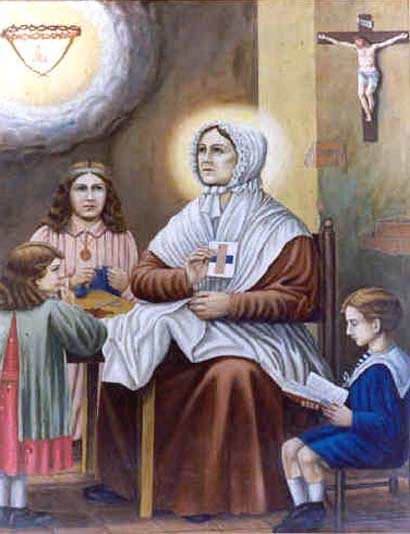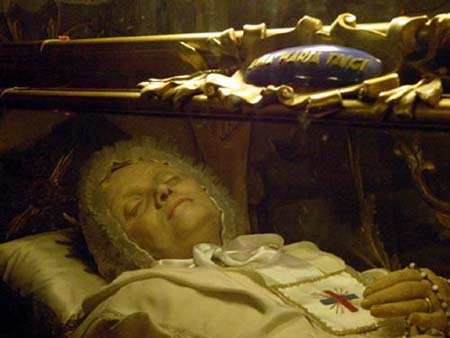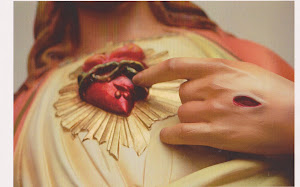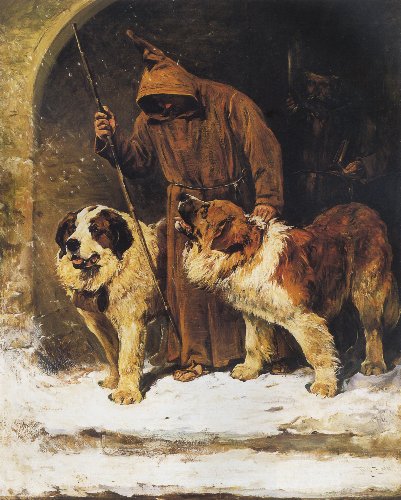June 9 – A simple palace servant, God confided to her the destiny of nations
Blessed Anna Maria Gesualda Antonia Taigi
(
Maiden name Giannetti.)

Venerable Servant of God, born at Siena, Italy, 29 May, 1769; died at
Rome, 9 June, 1837. Her parents, Luigi Giannetti and Maria Masi, kept
an apothecary shop at Siena, but lost all their fortune and were obliged
to go to Rome in search of a livelihood. Anna Maria was then five years
old. Having been educated in all the domestic virtues, she was married
in course of time, 7 January, 1789, to Dominico Taigi, a retainer of the
noble family of Chigi, with whom she lived happily for forty-eight
years. Hitherto nothing extraordinary had happened in her life. But one
day while she knelt with her husband at the
Confessio in St.
Peter’s
she felt a strong inspiration to renounce such little vanities
of the world as she had allowed herself. She began to pay little
attention to dress and to
listen to the inner voice of grace. Soon
afterwards she was received publicly in the Third Order of Trinitarians
in the Church of S. Carlo alle Quarto Fontane, and having found holy
spiritual directors, she made rapid progress in the way of perfection.
All the money she could spare she devoted to the poor and miserable, and
though not rich she was very charitable.

The incorrupt body of Bl. Anna Maria Gesualda Antonia Taigi at San Crisogono in Rome.
Of the hospitals she regularly visited, the preferred one was S.
Giacomo of the Incurables. Despite her love for the poor, she never
neglected her own family. Of her children two died young, the others
grew up in piety under the surveillance of the mother. But she never
availed herself of her connections with persons of good position to take
her children out of their humble social environment. The whole family
were wont to assemble for prayers in a small private chapel, and here,
later on, in a small private chapel, and here, later on, Mass was
celebrated by a priest who dwelt with the family. The great virtues of
Anna Maria were rewarded by extraordinary gifts of God’s grace. During
many years, when praying in her chapel she had ecstasies and frequent
visions, in which she foresaw the future. She exercised a peculiar
influence over individuals and converted many a sinner to God. During
her life she suffered much both corporally and spiritually, and was at
times meanly calumniated. But after death her name soon became venerated
in Rome. Her body was several times transferred, and rests finally at
S. Crisogono in Trastevere. The process of her beatification was begun
in 1863, but has not yet been finished.
G. LIVARIUS OLIGER (Catholic Encyclopedia)
[Nobility.org note: She was beatified by Pope Benedict XV in 1920.]
![[Sagrado_Corazon.jpg]](https://blogger.googleusercontent.com/img/b/R29vZ2xl/AVvXsEi3un4Ay3gYFqVNe6_b5ohqyLgDEeYet18UbjWbFtte6R6aCkyp-jpkFrsIshHPBEIkSMMctfZgGGCmHgY0Amy78fshwOlZuTMQONxlgXIn_PALoSd8cDUL3ttPtJwaE1tvRAUJY-ExRabF/s1600/Sagrado_Corazon.jpg)
![[20550C.jpg]](https://blogger.googleusercontent.com/img/b/R29vZ2xl/AVvXsEgFWKA33PfMRHU1rsyq0l9spKqpGR5xjk-9lrZy60DiWPrrMA-TmA4GX08ht6U2YHI3pZNAG0M2wcsHUkouUZg4Pb_brAT806vsRwjHs4a82g-0aoyUd0rxX4vHes8R7E_3kXvls8g-AOms/s1600/20550C.jpg)



